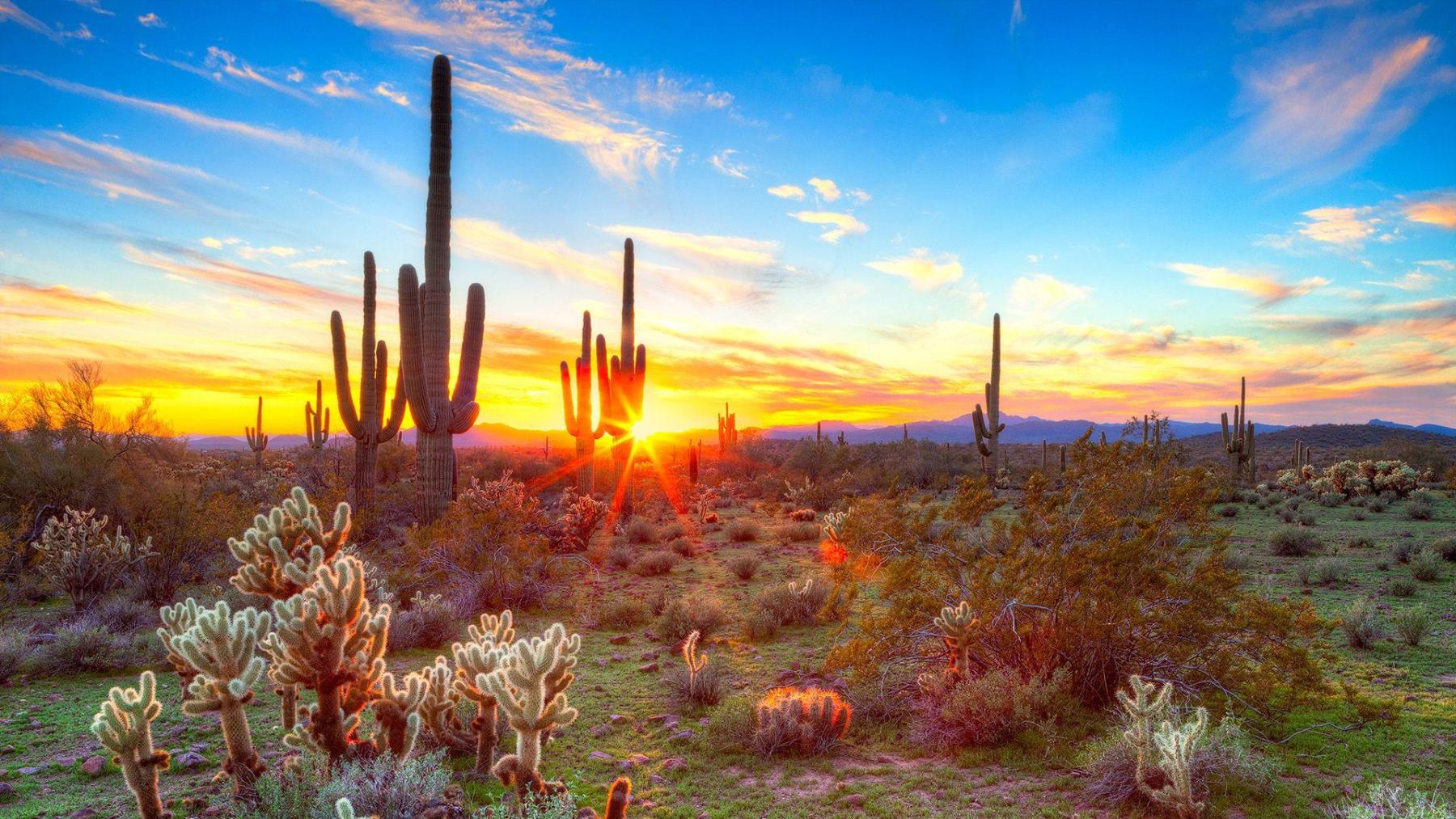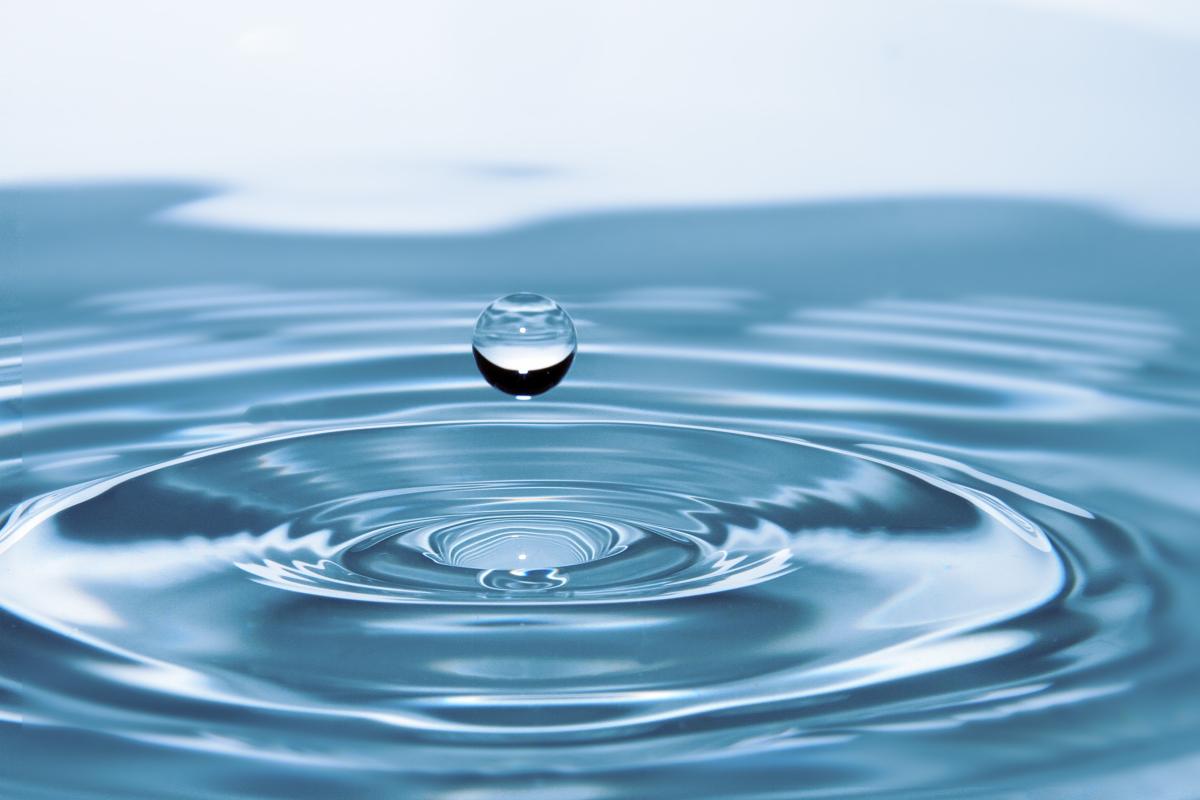
Biomimicry and Conserving Desert Resources Part 1
by Scott Milne
In this lesson, students will learn about desert plant and animal adaptations and the concept of biomimicry. Students will discuss examples of biomimicry in nature and in the real world and will explore reasons why and how society can mimic biological strategies to address needs. Students will work in groups or with partners to research a desert species and observe the form and function of specific structures in that species that have developed over the course of evolution to solve problems with conditions in desert ecosystems. Students will then design and sketch a real-world replacement of all or part of the species they chose using the principles of biomimicry.
Lesson Plan Link/URL
https://docs.google.com/presentation/d/1UKfnYRchHn8bWZzt0NlCIyqwEWvx22y4/edit?u…Related Content

Featured
Makey Makey Storyboards
Grades:
Kindergarten, 1st Grade, 2nd Grade, 3rd Grade, 4th Grade, 5th Grade, 6th Grade, 7th Grade, 8th Grade, 9th Grade, 10th Grade, 11th Grade, 12th Grade
This lesson takes students through the process of creating an interactive storyboard using a Makey Makey circuit board. This lesson can be adjusted for any grade level with examples given in the 4th

Grades:
9th Grade, 10th Grade, 11th Grade, 12th Grade
Students will work in small groups to create a water filtration system to demonstrate understanding of water purification systems and human influences.

Grades:
Kindergarten, 1st Grade, 2nd Grade, 3rd Grade, 4th Grade, 5th Grade, 6th Grade, 7th Grade, 8th Grade
Most students are likely familiar with popular films like Happy Feet, Surf’s Up, Penguins of Madagascar, and classic books like Mr. Popper's Penguins. Capitalizing on this familiarity with penguins